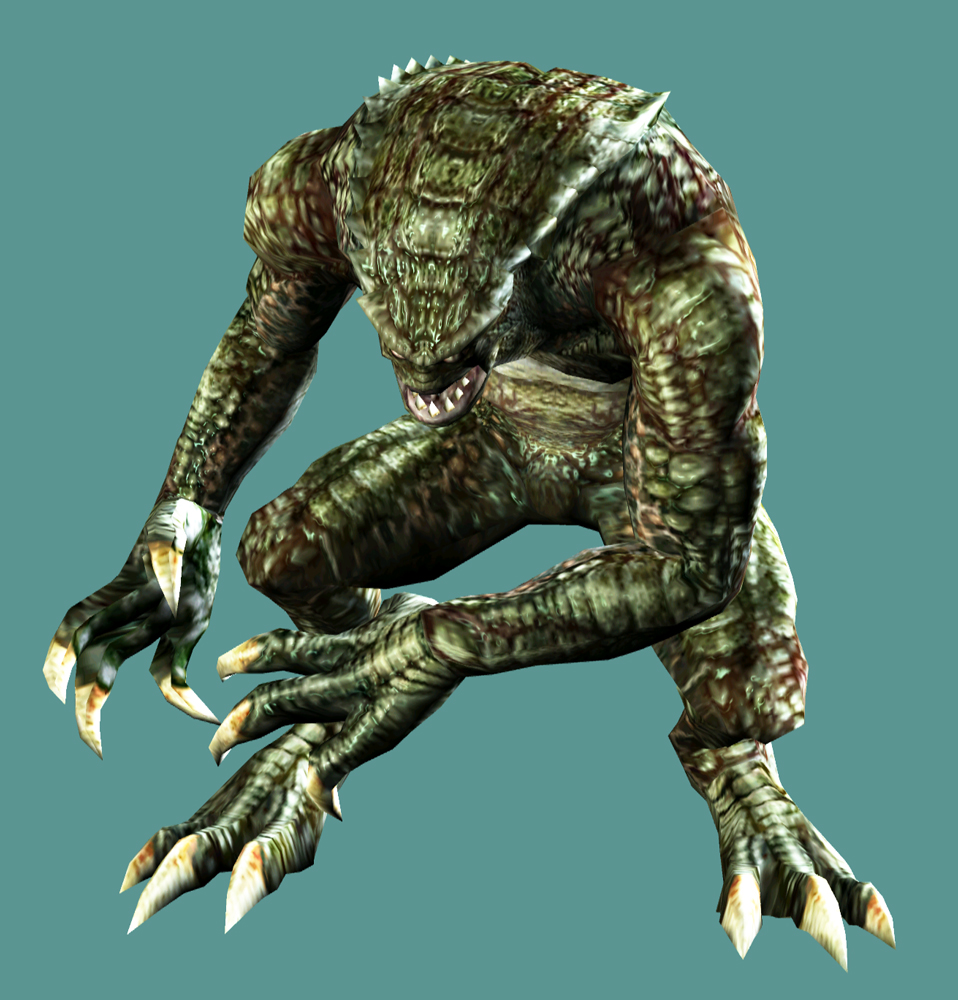RESIDENT EVIL.NET
WELCOME 言語を選択してください
A language is not chosen —>
Sorry, we can’t grant you access to this site this time.
Please, select a right date to continue
Please, enter your date of birth to continue
![]()
What is Resident Evil.Net?
Extra Files
- Creature Encyclopedia
- Digital Archives

An RNA Virus that causes deterioration of red blood cells, inflicting a host of bizarre mutations. Humans infected with the C-Virus mutate into B.O.W.s known as J’avo. The C-Virus is able to restore damage to the host’s tissue, but in doing so causes further mutation. When these mutations exceed a certain threshold, the host is enveloped in a chrysalid, emerging shortly after as a complete mutation. The C-Virus was developed in the laboratory beneath Tall Oaks cathedral owned by the Simmons family, and the C in C-Virus stands for chrysalid. Based on the T-Veronica Virus used in the Rockfort Island incident in 1998, the C-Virus strengthens and improves the mutagenic effects of its predecessor—an effect which can be seen in the insect and plant-like mutations it induces. Those infected with the C-Virus undergo a self-combustion of sorts upon death due to their abnormally high body temperature; this is also believed to be an effect inherited from the T-Veronica Virus, which gave its victims flammable blood. While an extensive period of cryogenic stasis was necessary for assimilation of the T-Veronica Virus, the C-Virus has successfully overcome virus rejection by the brain cells, and this allows those infected to carry out orders to a certain degree and operate complicated machinery such as weapons and vehicles.
The C-Virus vaccine known as Anti-C was developed using the antibodies found in Jake Muller, who inherited a number of viral-resistant characteristics from his father Albert Wesker and so was unaffected by C-Virus administration. The U.S. government used Jake’s blood to manufacture Anti-C, thereby containing the potentially disastrous effects of the outbreak. Administering the vaccine before infection will immunize against the C-Virus, and even those already infected have a chance of survival if the vaccine is administered before J’avo mutation is complete. The vaccine can also immediately neutralize J’avo, chrysalides, and complete mutations. Given the C-Virus’s mutagenic properties, however, there is a high chance of the virus itself mutating, and it is only a matter of time before an Anti-C resistant strain evolves.
RESIDENT EVIL.NET
WELCOME 言語を選択してください
A language is not chosen —>
Sorry, we can’t grant you access to this site this time.
Please, select a right date to continue
Please, enter your date of birth to continue
![]()
What is Resident Evil.Net?
Extra Files
- Hunter (T-Virus)
- Creature Encyclopedia
- Extra Files
- Extra
- Top
- Creature Encyclopedia
- Digital Archives
Hunter (T-Virus)

Description:
A combat B.O.W. with scale-like skin and long, razor-sharp claws, created by exploiting the T-Virus to cross reptilian and other DNA with a fertilized human ovum. While Zombies are the result of unintentional T-Virus infection, the aptly-named Hunter was specifically engineered and ruthlessly tracks down its target with its superior strength and incredible agility.
Notes:
The Hunter’s oppressive presence has been a staple of the series since RE1 when the very first Hunter appeared when the player was returning to the Mansion from the Guardhouse. They have been relentlessly pursuing players ever since then, and their notoriety as one of the tougher enemies is well deserved. Who knows how many players have fallen victim to a Hunter’s long claws while trying to slip past one as if it were just a Zombie. As might be expected of a weapons research project, a variety of Hunters were eventually developed, including the Hunter α, Hunter β, and Hunter γ, each with their own individual characteristics.
При подготовке материала использовались источники:
https://game.capcom.com/residentevil/en/exfile-2-40.html
https://game.capcom.com/residentevil/en/exfile-1-2.html